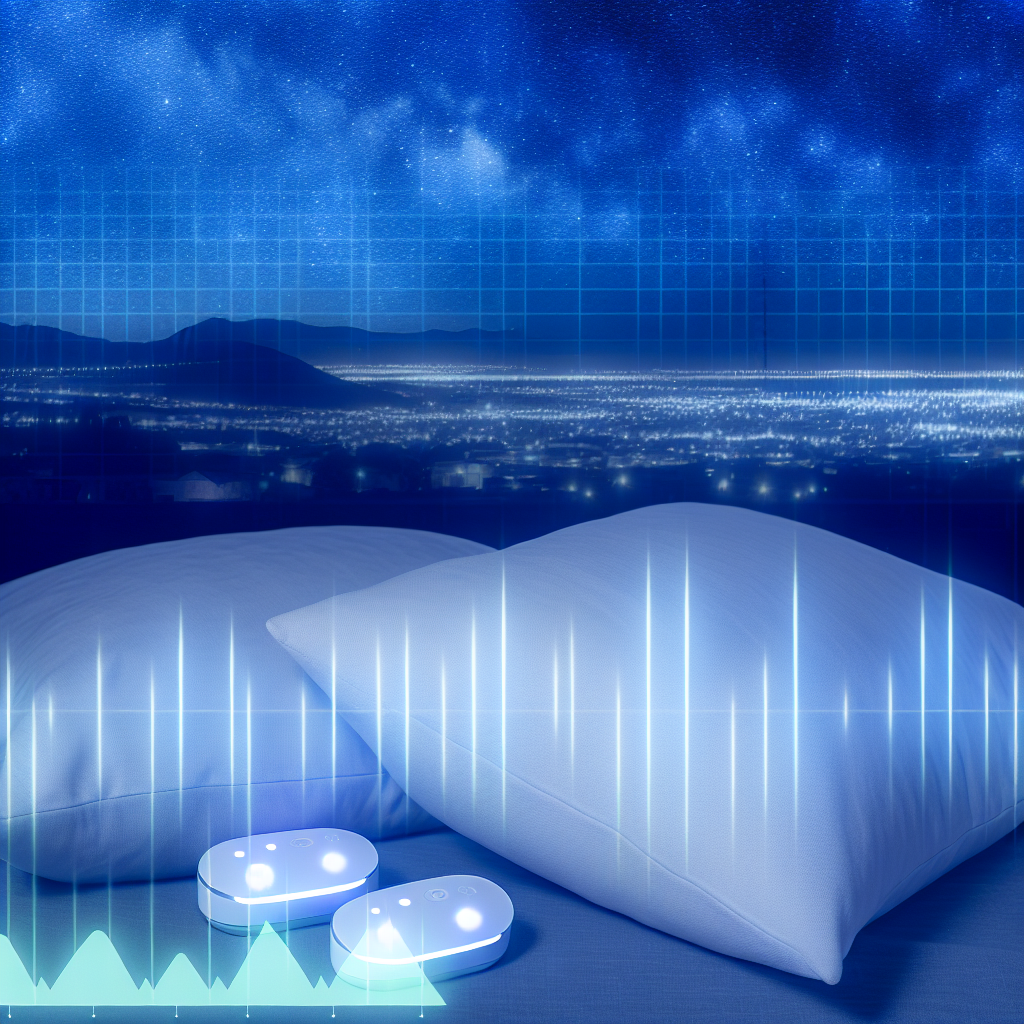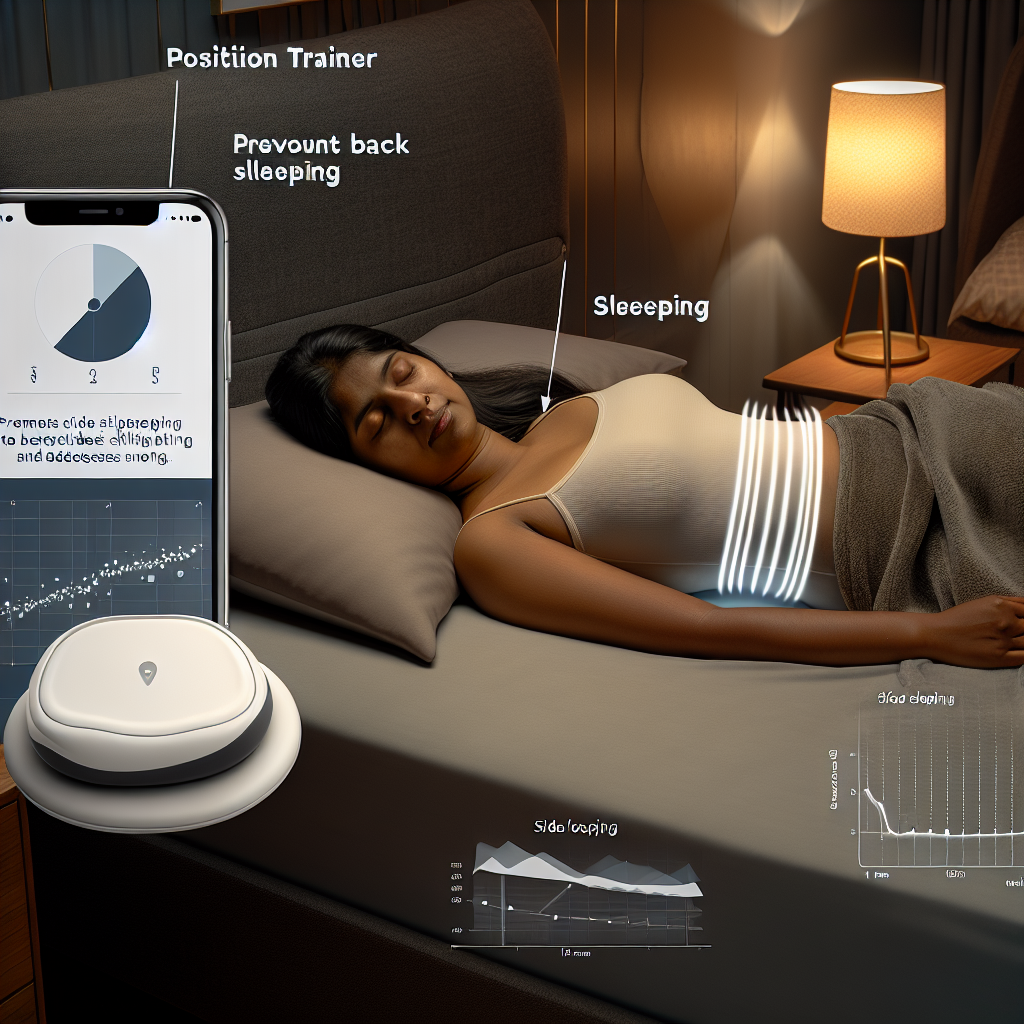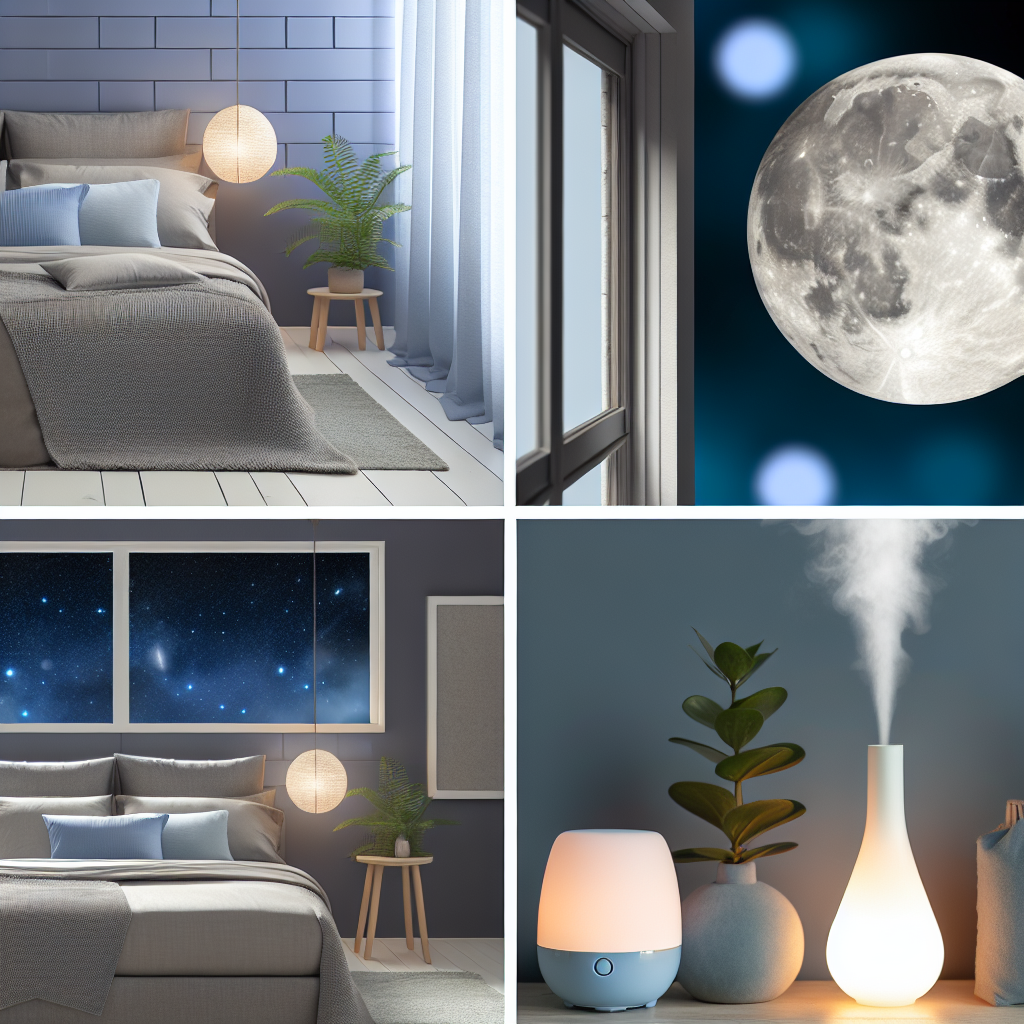According to a recent study, an hourly increase in screen time is linked to an 11-minute delay in bedtime and an 11-minute reduction in time spent sleeping. This link was also detected with increasing TV/DVD watching, computer use, and smartphone/tablet usage. Regardless of gender, the outcomes were the same.
Research Plan
The Sleep and Screen Time Study Design aimed to evaluate how much screen time and how much sleep affected physical and mental health. This brief presents its findings. It makes suggestions regarding screen usage, sleep, and MVPA. Additionally, it demonstrates that adhering to the suggested limits on screen usage and sleep will enhance academic achievement. Studies have shown that screen time and sleep harm health outcomes. Displaced sleep is one potential method.
Methods
Each night, kids should obtain a good amount of sleep. Kids require at least 10 hours of sleep every night. Children may watch TV or play video games for 0 to 3 hours daily. Consistently enforcing boundaries that prohibit excessive screen time is important for parents. Parents can track their children’s screen time and sleep using various techniques.
Concerns regarding screen time and the amount of sleep have arisen due to the COVID-19 epidemic, which has impacted sleep globally. A 2014 global study involving fourteen nations discovered that screen use has a detrimental effect on sleep. It impacted 31% of healthcare workers, 18% of the general population, and 57% of COVID-19 patients. In addition, several studies have associated Screen usage with decreased sleep quantity, quality, and duration.
Results
According to research, screen use may shorten the time you sleep. According to a study, children’s bedtimes tended to be later the more screen time they had before going to sleep. Screen use increased sleep onset latency and decreased sleep quality, according to a study of adults. Additionally, studies have linked screen use to psychological distress, such as anxiety, depression, and COVID-19 pandemic symptoms.
The researchers employed a range of techniques to gauge screen time and sleep. A comprehensive review of previously published papers made up the first method. For literature that addressed these topics, researchers searched several databases.
Recommendations
Few teenagers adhere to suggested sleep and screen time guidelines, despite the advantages of sleep. The Canadian Pediatric Society and the American Academy of Pediatrics advise limiting daily screen time to two hours. Even though it could appear like a restriction, this advice has proven to improve health and academic achievement.
Screen time can interfere with sleep for a variety of reasons. Blue light from displays, for instance, can stall the sleep cycle. The circadian rhythm can also be adjusted by artificial light. For example, the circadian rhythm of a sample of college students who spent more time on screens was delayed, and they also produced less melatonin than those who read books on paper.

Dominic E. is a passionate filmmaker navigating the exciting intersection of art and science. By day, he delves into the complexities of the human body as a full-time medical writer, meticulously translating intricate medical concepts into accessible and engaging narratives. By night, he explores the boundless realm of cinematic storytelling, crafting narratives that evoke emotion and challenge perspectives.
Film Student and Full-time Medical Writer for ContentVendor.com




